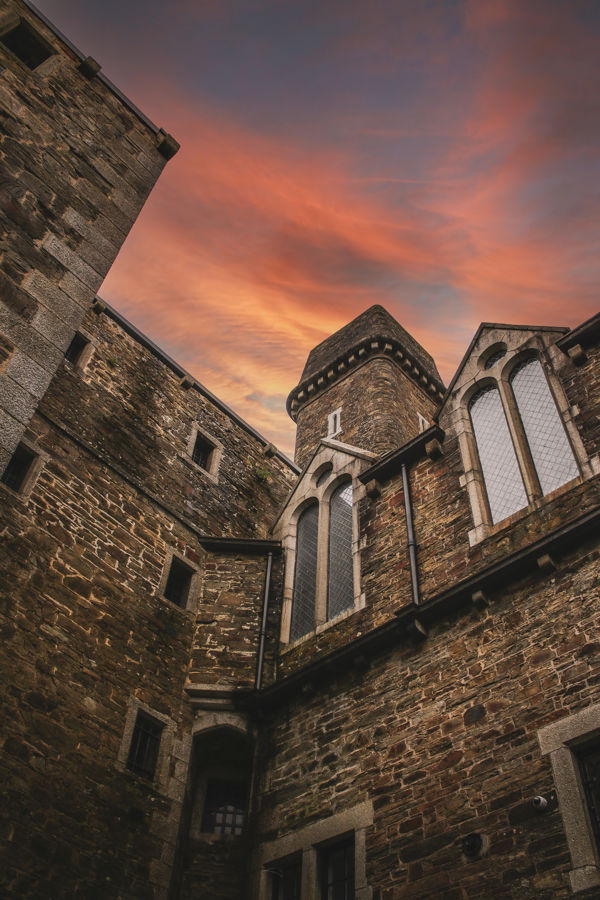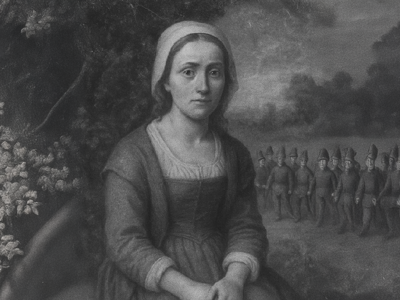
The Case of Anne Jeffries: Where Law & Folklore Meet
24th Jun 2025
Fairy-touched or Witch-Marked?
In the mid-17th century, England was in the grip of political upheaval, religious strife, and widespread superstition. It was a time when fear of witchcraft simmered beneath the surface of daily life. Amidst this cultural backdrop emerged the curious case of Anne Jefferies whose life became the subject of mystery, accusation, and legend.
The quiet village of St Teath was to become the setting for one of the most fascinating and controversial tales in Cornish history. At the centre of it all was Anne, a young woman who claimed to have been abducted by fairies, gained miraculous healing powers, and ultimately faced accusations of witchcraft.
Her story isn’t just an oddity of the past — it sits at the intersection of folklore, gender, poverty, and belief, and reflects Cornwall’s long-standing reputation as a place of the uncanny and other.

A Fairy Encounter in St Teath
Anne Jeffries was born in 1626. As a young woman, she was employed in the household of the wealthy Pitt family in St Teath. One fateful day in 1645, while sitting alone in the garden, Anne claimed to have been approached by six shining little men in green coats — unmistakably fairies in local tradition.
She fell into a trance-like state and remained ill for days. But upon waking, Anne began to demonstrate extraordinary powers: healing the sick, predicting the future, and surviving without food — nourished, she said, by her fairy companions. Her newfound abilities attracted attention and suspicion in equal measure.
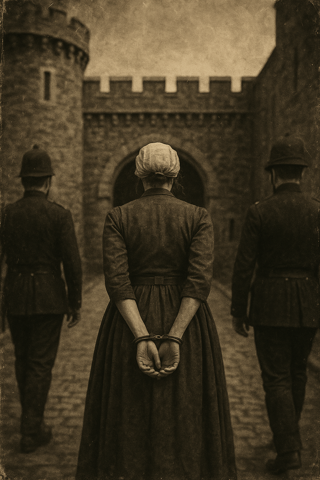
Witchcraft Accusations and the Bodmin
The 1640s were a dangerous time to be claim to talk to fairies in England. The country was gripped by civil war, social anxiety, and increasingly zealous witch hunts — even in relatively isolated Cornwall. Anne was accused of consorting with spirits, and her fairy friends were interpreted not as nature spirits, but demonic familiars.
She was arrested and taken to Bodmin, where she was interrogated and imprisoned without trial for months. This was not untypical at the time and Anne would have found herself subjected to techniques designed to produce a confession. These included withdraw of food, denial of sleep and the act of ‘walking,’ where individuals were kept awake and moving for days and nights. Throughout it all, Anne claimed that the fairies fed her. The authorities were never able to prove her guilt, but they also could not explain her gifts. Eventually, she was released, she was one of the fortunate ones.
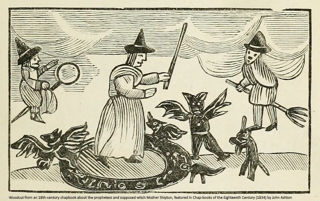
Cornwall's Canny Folk and Pellars
Anne’s case didn’t emerge in a vacuum. Cornwall has long been a land of pellars and canny folk — traditional healers, diviners, and wise people who used herbs, charms, and spells to help their communities.
In fact, many Cornish communities accepted pellars as necessary and even virtuous. But their ambiguous role also meant that, under pressure from religious or political authorities, they could quickly be rebranded as witches.
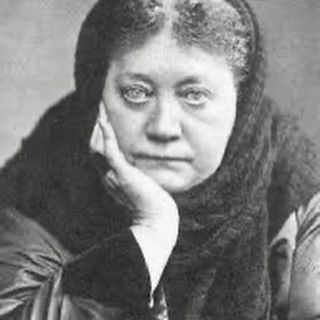
Other Famous Cornish Witches
Anne Jeffries wasn’t alone in Cornwall’s witch history. Joan Wytte, known as the “Fighting Fairy Woman of Bodmin,” was a reputed clairvoyant and healer who died in Bodmin Gaol in1813. Tamsin Blight was a 19th-century pellar, known for her powerful healing charms and ability to break curses. These women walked a legal fine line between respected cunning folk and suspected witches, depending on who was in power and what misfortunes befell an area.
The Last Hanging: Exeter, 1685
While Cornwall saw fewer executions than other regions, fear of witchcraft remained pervasive. The last known hanging for witchcraft in England took place not far away, in Exeter in 1685. Temperance Lloyd, Susannah Edwards, and Mary Trembles, three elderly women from Bideford, Devon, were accused of causing illness and death by sorcery. They were convicted and executed — the final victims of England’s legal persecution of witches.
Their deaths marked the end of official executions, but not of suspicion or suffering. In many rural areas, including Cornwall, belief in witchcraft persisted well into the 19th century — and lingers today in misogynist language. The word ‘witch’ is rightly being reclaimed and now what was once feared is being embraced.
Legacy of Anne Jeffries
Anne eventually faded from public view, but her story lived on in books, pamphlets, and oral tradition. Some accounts claim she lived out her later years quietly in Cornwall; others suggest she died in obscurity, forever marked by the stigma of her extraordinary youth.
Her tale raises questions that still fascinate us:
· Were her powers real — a kind of psychic awakening?
· Was she mentally unwell, a victim of untreated illness and social isolation?
· Or was she part of a much older tradition of female spiritual power — one that both intrigued and terrified a patriarchal society?
Further Reading
For those curious to learn more about Anne Jeffries, Cornish folklore, and the British witch trials, check out:
· "Popular Magic: Cunning-Folk in English History" by Owen Davies
· "The Triumph of the Moon" by Ronald Hutton
· "The Visions of Anne Jeffries" (various historical pamphlets and transcripts)
· "Witchcraft in Tudor and Stuart England" by Alan Macfarlane
· "Between the Worlds: Folklore and Witchcraft of Cornwall" by Nigel Pennick
· "A History of Witchcraft: Sorcerers, Heretics and Pagans" by Jeffrey B. Russell and Brooks Alexander
Check out our curated Spotify playlist: Anne Jeffries Playlist
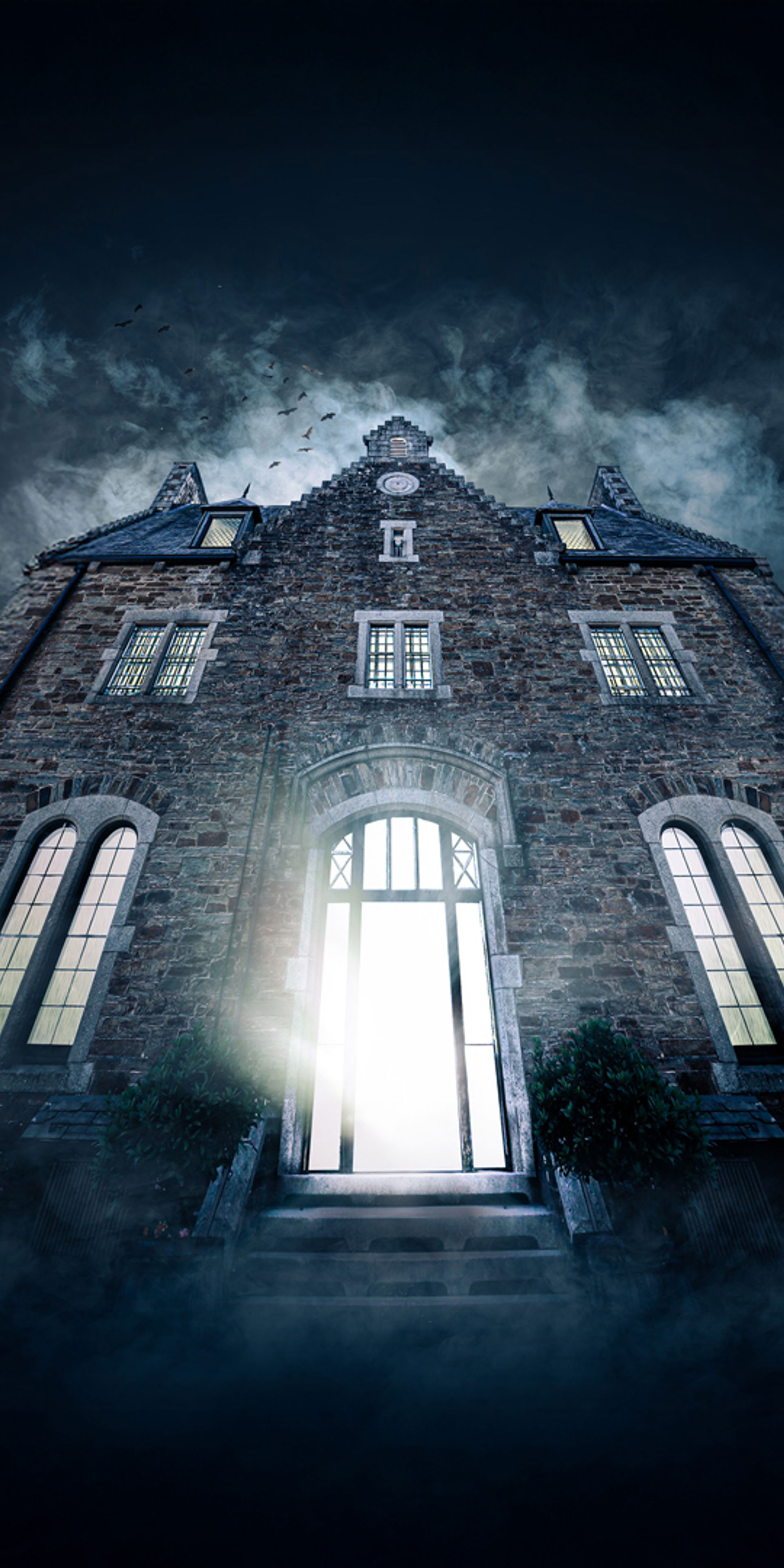
Sign up to our newsletter
Get the latest news and offers

